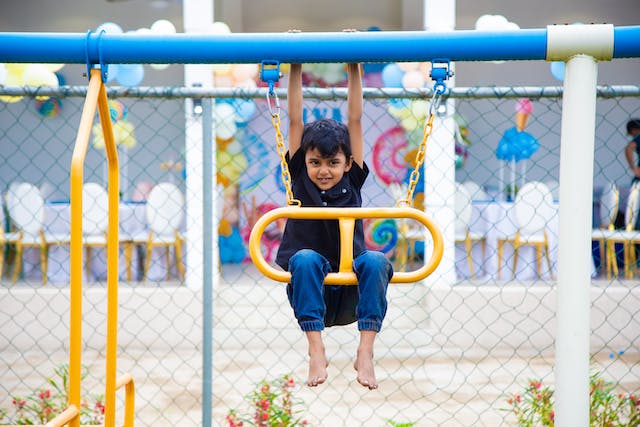Introduction
Playgrounds are essential spaces for children to socialize, exercise, and have fun. They offer a range of physical, emotional, and cognitive benefits. However, the safety of these spaces is of paramount importance. Proper playground sanitation is crucial to prevent the spread of germs and maintain a clean and healthy environment for children. In this blog, we will explore the significance of playground sanitation and discuss various aspects related to it.
- The Importance of Playground Sanitation
Maintaining a clean and sanitized playground is essential for several reasons:
1.1. Preventing Illnesses
Children are more susceptible to infections and illnesses. A dirty or unsanitary playground can become a breeding ground for bacteria and viruses. Regular cleaning and sanitation can help prevent the spread of diseases.
1.2. Allergen Control
Playgrounds can accumulate allergens like pollen and dust. These allergens can trigger allergies and respiratory problems in children. Sanitizing the play area helps in allergen control.
1.3. Safety
A well-maintained and sanitized playground reduces the risk of accidents and injuries. Dirty surfaces can be slippery, and equipment can become hazardous if not cleaned regularly.
- Playground Sanitation Practices
To ensure a safe and clean environment for children, various sanitation practices should be implemented:
2.1. Regular Cleaning
Playground equipment, surfaces, and structures should be cleaned regularly. Use mild, child-safe detergents to clean surfaces, and ensure that no toxic chemicals are used.
2.2. Disinfection
Disinfection is essential to kill germs and viruses. Use child-safe disinfectants on high-touch surfaces like swings, slides, and handrails.
2.3. Trash Management
Proper disposal of trash and waste is crucial. Ensure that there are adequate trash cans and a regular trash removal schedule to keep the area clean.
2.4. Sand and Water Play
If your playground has sand or water play areas, ensure that they are cleaned and filtered regularly to prevent contamination.
2.5. Pest Control
Implement measures to control pests like insects and rodents, which can carry diseases and contaminate the playground.
- Community Involvement
Maintaining a clean and safe playground is a collective effort. Encourage community involvement to ensure that the playground stays sanitized. This can include organizing clean-up events and educating parents and children about proper playground etiquette.
- Seasonal Considerations
Playground sanitation requirements can change with the seasons. During the winter, it’s essential to remove snow and ice to prevent slips and falls. In the summer, be vigilant about sun protection and hydration.
- Playground Equipment Maintenance
Regularly inspect and maintain playground equipment to ensure it is in good working order. Broken or damaged equipment can be hazardous and should be repaired promptly.
- Communication and Signage
Use signage to communicate rules and expectations for playground use. Signs can remind visitors to clean up after themselves, avoid littering, and follow other guidelines to keep the playground safe and clean.
